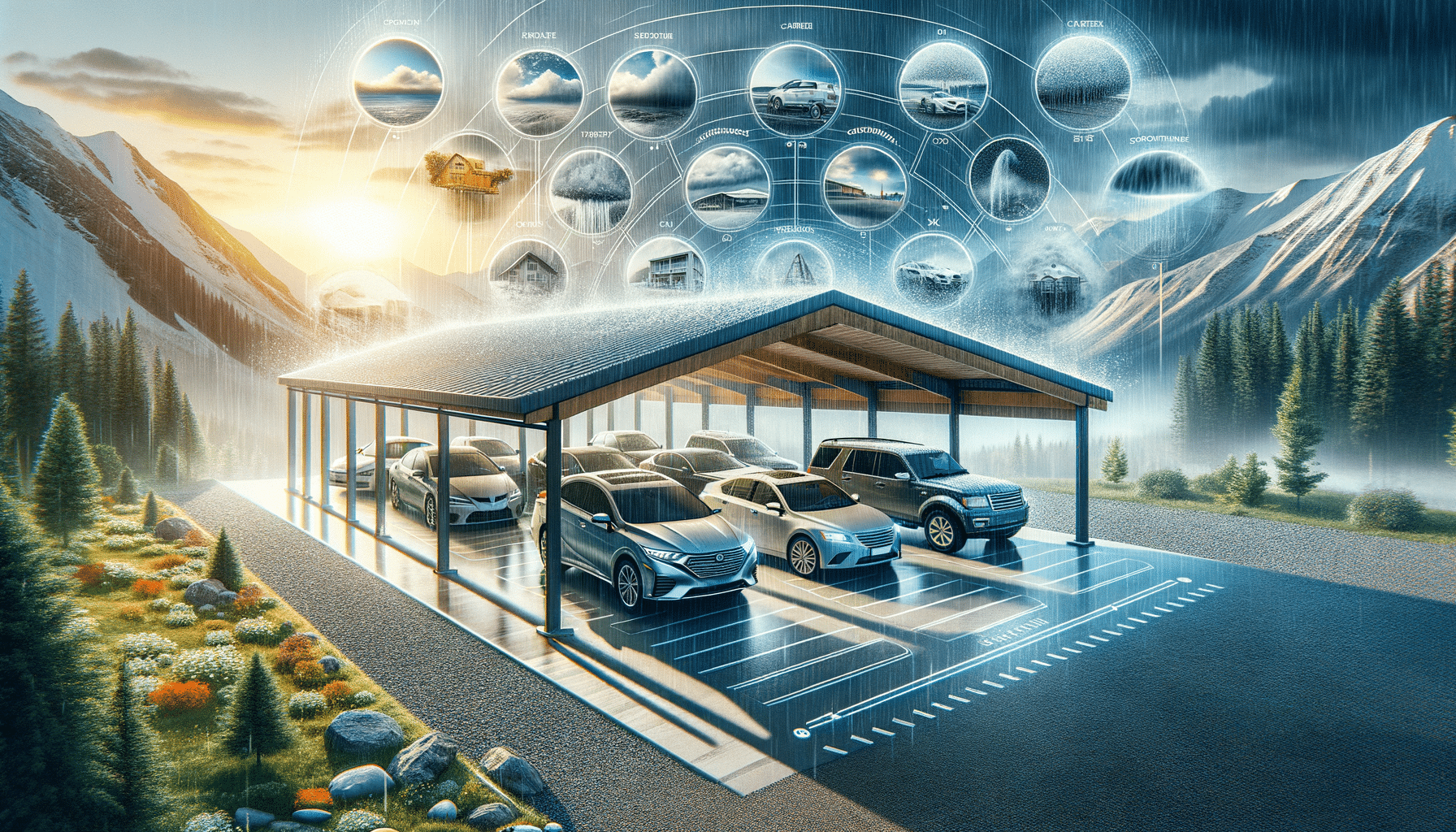
Carports: Your Shield Against the Elements
Understanding the Functionality of Carports
Carports have emerged as a practical solution for vehicle protection, offering a versatile and cost-effective alternative to traditional garages. Unlike enclosed garages, carports provide an open-sided shelter that shields vehicles from various environmental elements such as sun, rain, and snow. This design not only reduces the risk of weather-related damage but also allows for better ventilation, preventing moisture buildup and rust. The simplicity of carports makes them accessible to a wide range of users, from homeowners seeking to protect family cars to businesses needing a quick and efficient way to shield company vehicles. Additionally, carports can serve multiple purposes beyond vehicle protection, such as storage for equipment or outdoor gatherings, making them a valuable addition to any property.
Benefits of Installing a Carport
Installing a carport can offer numerous advantages that go beyond mere vehicle protection. Firstly, carports are generally more affordable than building a traditional garage, making them an attractive option for budget-conscious homeowners. The installation process is also typically faster and less invasive, often requiring minimal groundwork. Furthermore, carports can be customized to fit various needs, with options for different materials, sizes, and styles. This flexibility allows property owners to select a carport that complements their existing structures and meets specific functional requirements. In addition to these benefits, carports can increase the overall value of a property by providing additional utility and enhancing curb appeal.
Comparing Carports and Garages
When deciding between a carport and a garage, several factors need to be considered. While garages offer complete enclosure and security, carports provide ease of access and ventilation. Carports are particularly advantageous in regions with mild climates where protection from harsh weather is sufficient, while garages may be preferred in areas prone to extreme conditions. Cost is another critical factor, as carports typically require a smaller investment than garages. However, garages may offer greater long-term value due to their security features. Ultimately, the choice between a carport and a garage depends on individual needs, budget, and environmental considerations.
Materials and Design Options for Carports
Carports come in a variety of materials, each offering distinct benefits and aesthetic appeal. Common materials include metal, wood, and polycarbonate. Metal carports, often made from steel or aluminum, are known for their durability and low maintenance requirements. Wood carports provide a classic look and can be customized to blend seamlessly with traditional architecture. Polycarbonate carports offer a modern appearance and are lightweight yet durable. Design options also vary, with choices ranging from standalone structures to attached carports that extend from an existing building. These options allow property owners to select a carport that fits their specific needs and enhances their property’s overall look.
Installation and Maintenance Tips for Carports
Proper installation and maintenance are crucial for maximizing the lifespan and effectiveness of a carport. When installing a carport, it is essential to ensure a stable foundation, which may involve leveling the ground or pouring concrete footings. Local building codes should be reviewed to comply with regulations regarding size, placement, and materials. Regular maintenance involves checking for signs of wear, such as rust on metal carports or rot in wooden structures. Cleaning the carport periodically will help maintain its appearance and functionality. By following these guidelines, property owners can ensure their carport remains a reliable and attractive addition to their property.

